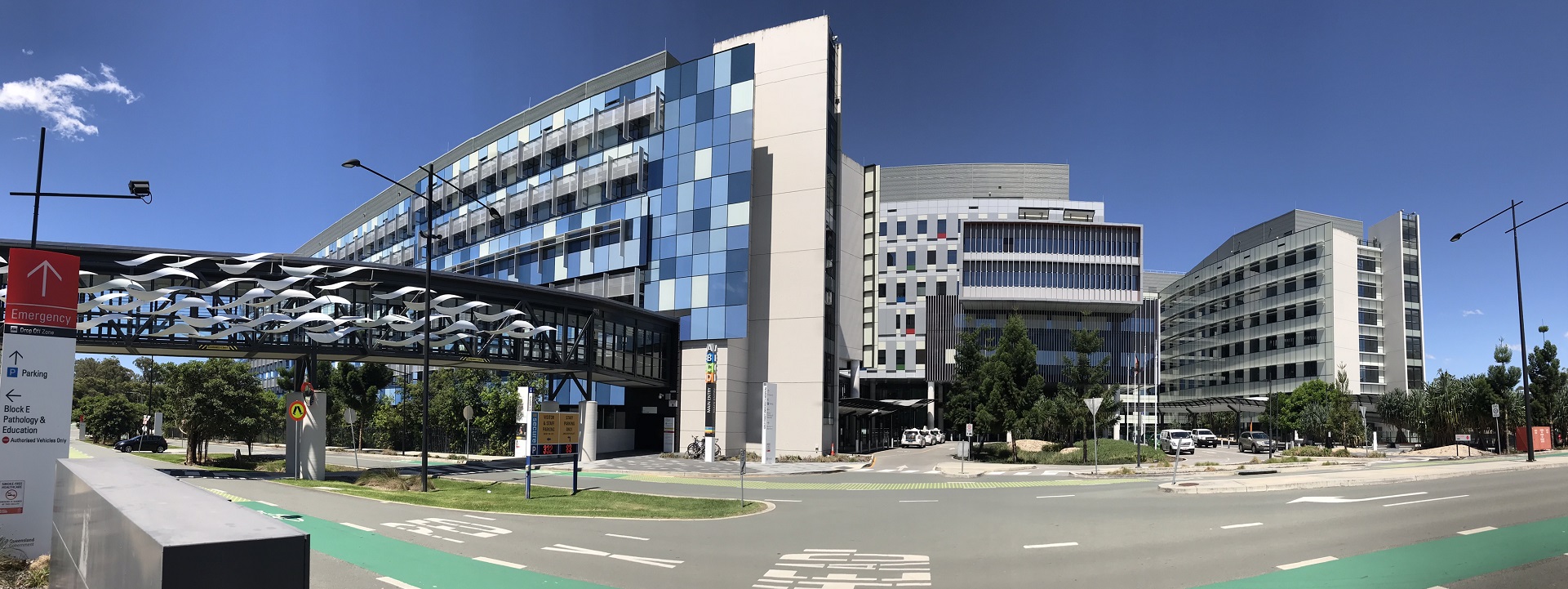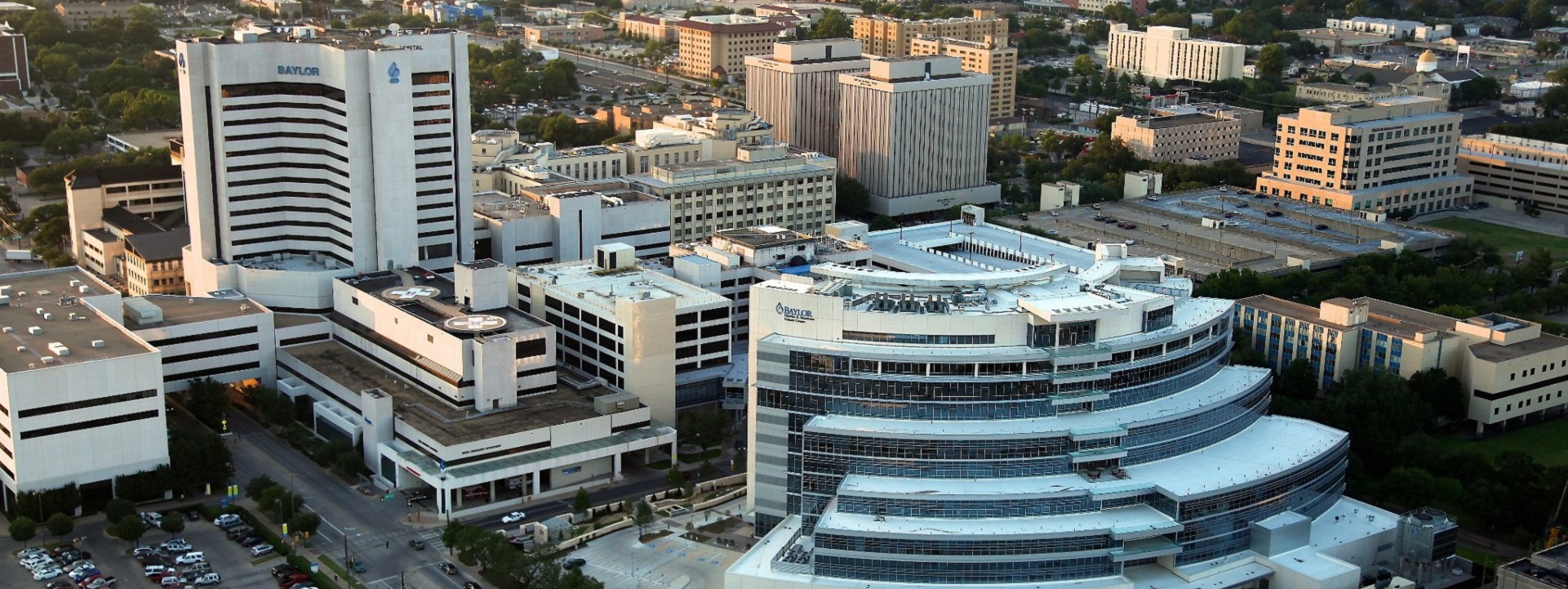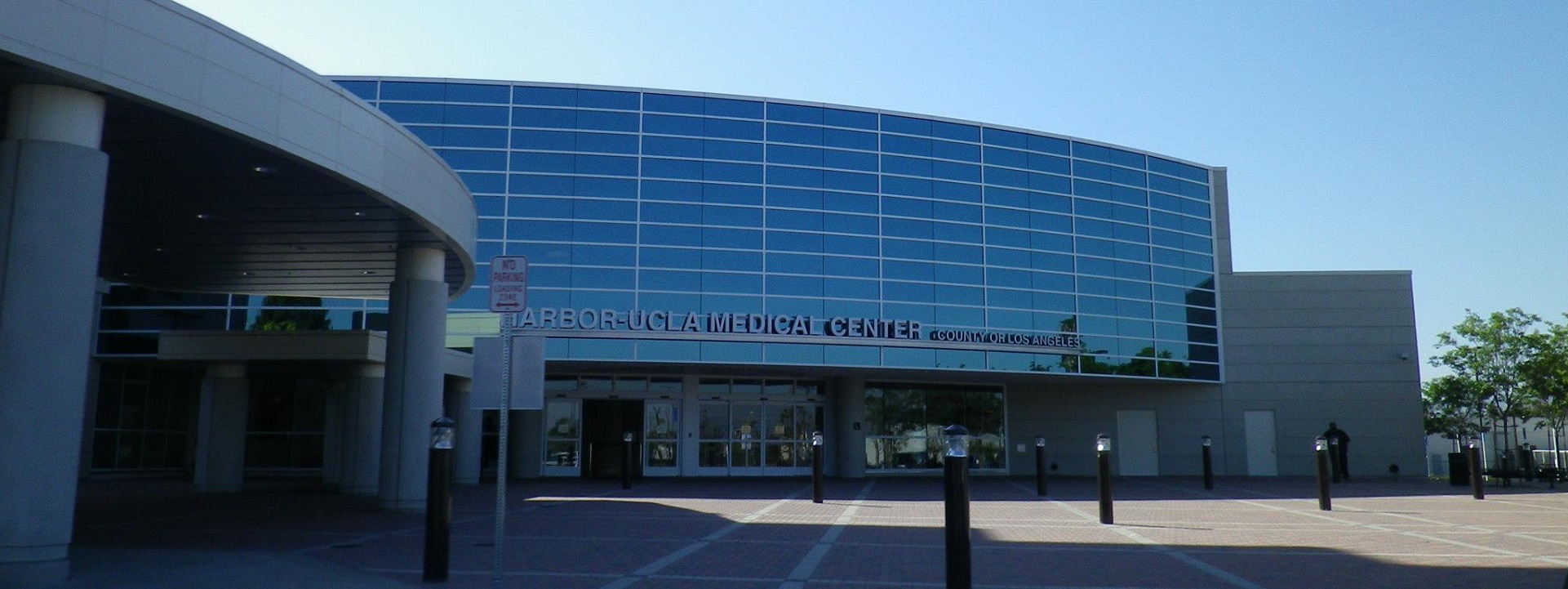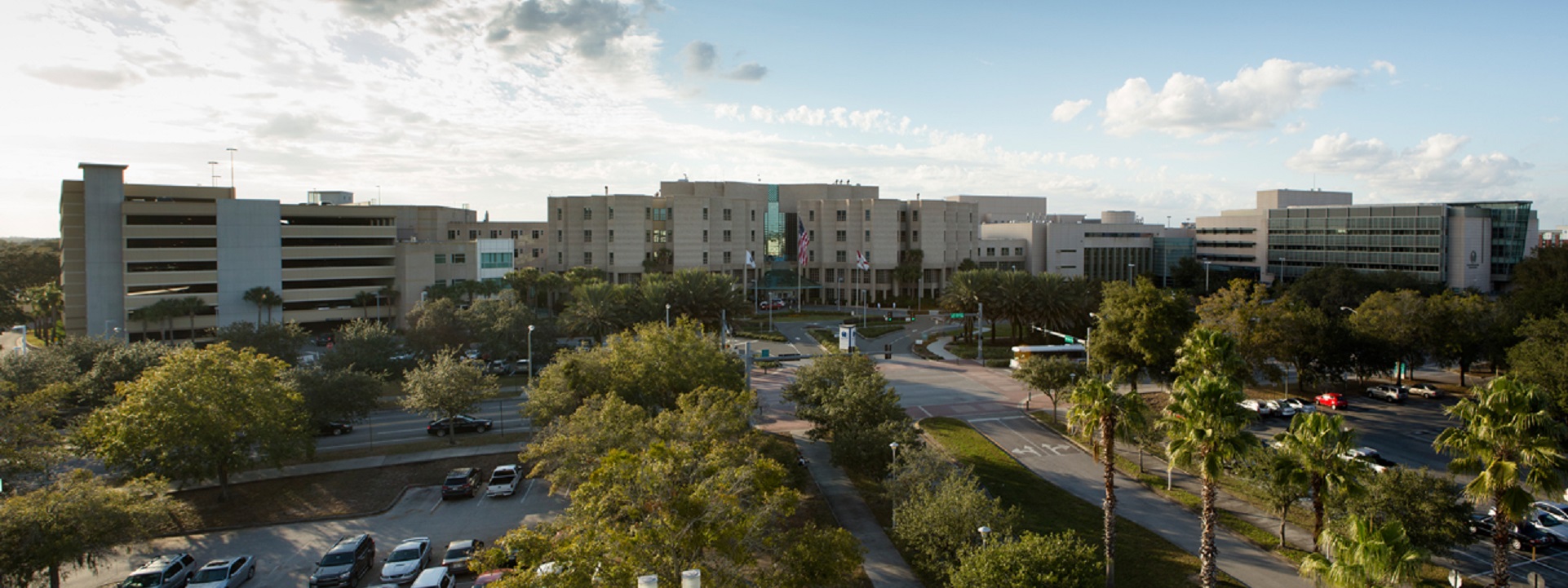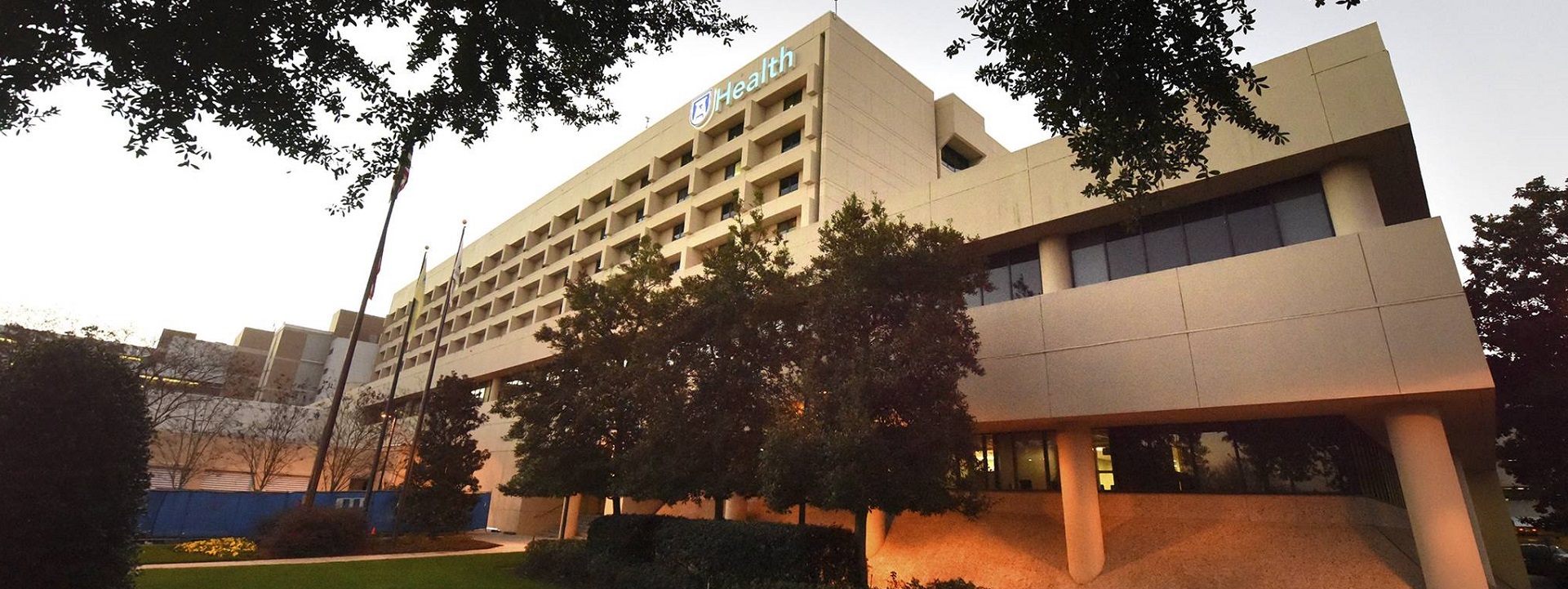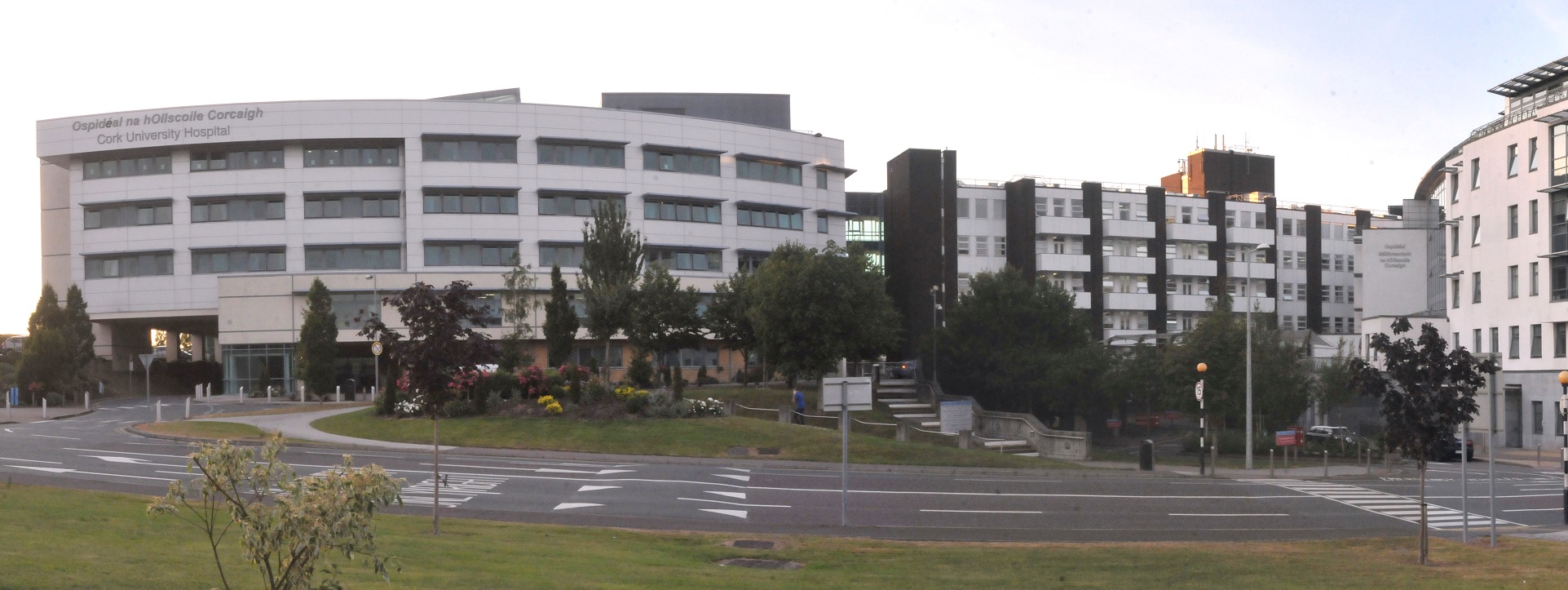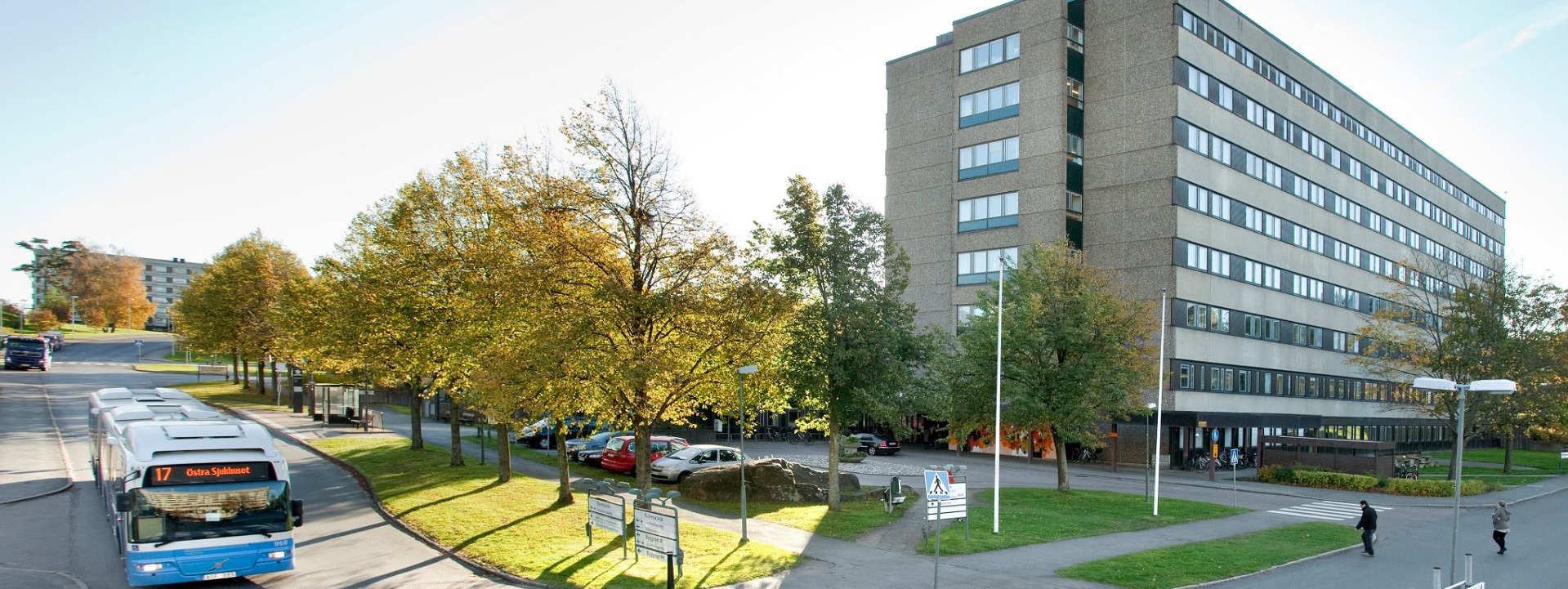One of the standing items on our advocacy agenda for the better part of 10 years has been to promote formal reliability studies and impedance grounding methods to increase the reliability of large customer-owned power grids that are common in the education industry. These approaches are already applied in data centers and mission critical facilities; we simply suggest scaling them upward onto medium voltage campus power grids — starting with university-affiliated medical campus power grids. In California, for example, there are fire safety benefits to impedance grounding since California has significant seismic risks. Impedance grounding can limit damages to campus buildings in disaster and it can hasten the return to the normal power distribution operation. Formal reliability studies offer insight into the performance of for the utility interactive power systems common on university-affiliated medical campuses.
More details are described in the video recordings below.
![]()
Issue: [11-25]
Category: Electrical, #SmartCampus, Facility Asset Management
Colleagues: Mike Anthony, Robert G. Arno, Neal Dowling, Jim Harvey, Kane Howard, Jerry Jimenez, Jim Murphy,
LEARN MORE:
IEEE PC62.92.5: Guide for the Application of Neutral Grounding in Electrical Utility Systems, Part V-Transmission Systems and Subtransmission Systems. The scope of this document is to give the basic factors and general considerations in selecting the class and means of neutral grounding for a particular ac transmission or subtransmission system, and the suggested method and apparatus to be used to achieve the desired grounding. Definitions of grounding terms used in this part of the guide can be found in IEEE Std C62.92.1(TM)-2017.
Posted August 1, 2018
For the past several revision cycles of the NFPA 70 suite* of electrical consensus documents we have been advocating stronger language in National Electrical Code Article 250 (NFPA 70) for other-than-solid grounding methods for large campus power distribution systems. These resistance system grounding methods face stiff “technical-cultural” headwinds from the electrical design and enforcement community that are most comfortable with solid system grounding methods. Safety and reliability design approaches based upon subtleties in resistance grounding regimes are applied routinely in data centers. They are easily conveyed onto 5 to 500 MVA campus power systems at moderate cost.
In the video presentation to the IEEE Education & Healthcare Facilities Committee we find that the University of California Berkeley has had a resistance grounded system in place for decades — a system that has dramatically reduced fault energy to which electricians are exposed and provides a signature for instrumentation to provide early warning of a condition that would lead to a forced power outage. Forced power outages on many college and university campuses can cost millions of dollars per minute.
NEC Code Panel 5 received public input for the 2020 National Electrical Code revision. Of particular interest is the public input on Section II System Grounding. The public input and the results of the balloting are available by clicking here. The National Fire Protection Association Electrical Division is now in the process of preparing the results for public comment on July 6th.
Comments are due August 30th.
We hope to continue our enlightenment of education facility managers about the possibility of safer and more reliable campus power systems as the emergent #SmartCampus accelerates. While there is already competition among trade associations and the event industry for ownership of the #SmartCampus space we think we have the authoritative voice. We collaborate closely with the IEEE Industrial Applications Society that is developing a recommended practice for smarter campus power systems (see ANSI/IEEE Recommended Practice for the System Grounding of Industrial and Commercial Power Systems 3003.1).
All NFPA consensus documents are on the standing agenda of our weekly Open Door teleconference every Wednesday, 11 AM Eastern Time. Click here to log in. This topic and others will also be on the agenda of the September 11th online meeting of the IEEE Education & Healthcare Facilities Committee; also open to the public. Click here to log in.
Issue: [11-25]
Category: Electrical, #SmartCampus, Facility Asset Management
Colleagues: Mike Anthony, Jim Harvey, Kane Howard, Jerry Jimenez, Jim Murphy, Richard Robben
* By NFPA 70 suite we mean the following:
NFPA 70 National Electrical Code
NFPA 70A National Electrical Code Requirements for One- and Two-Family Dwellings
NFPA 70B Recommended Practice for Electrical Equipment Maintenance





